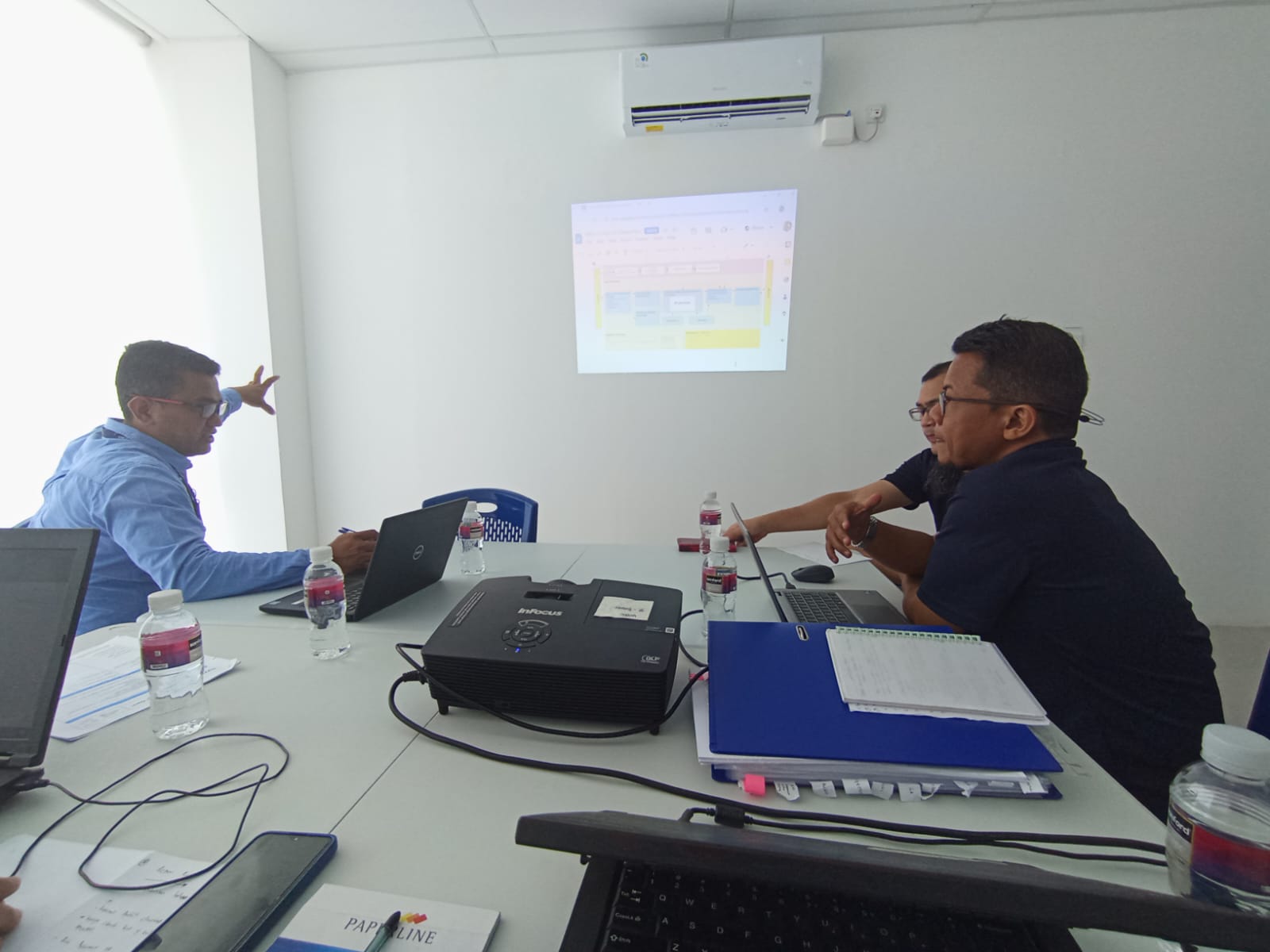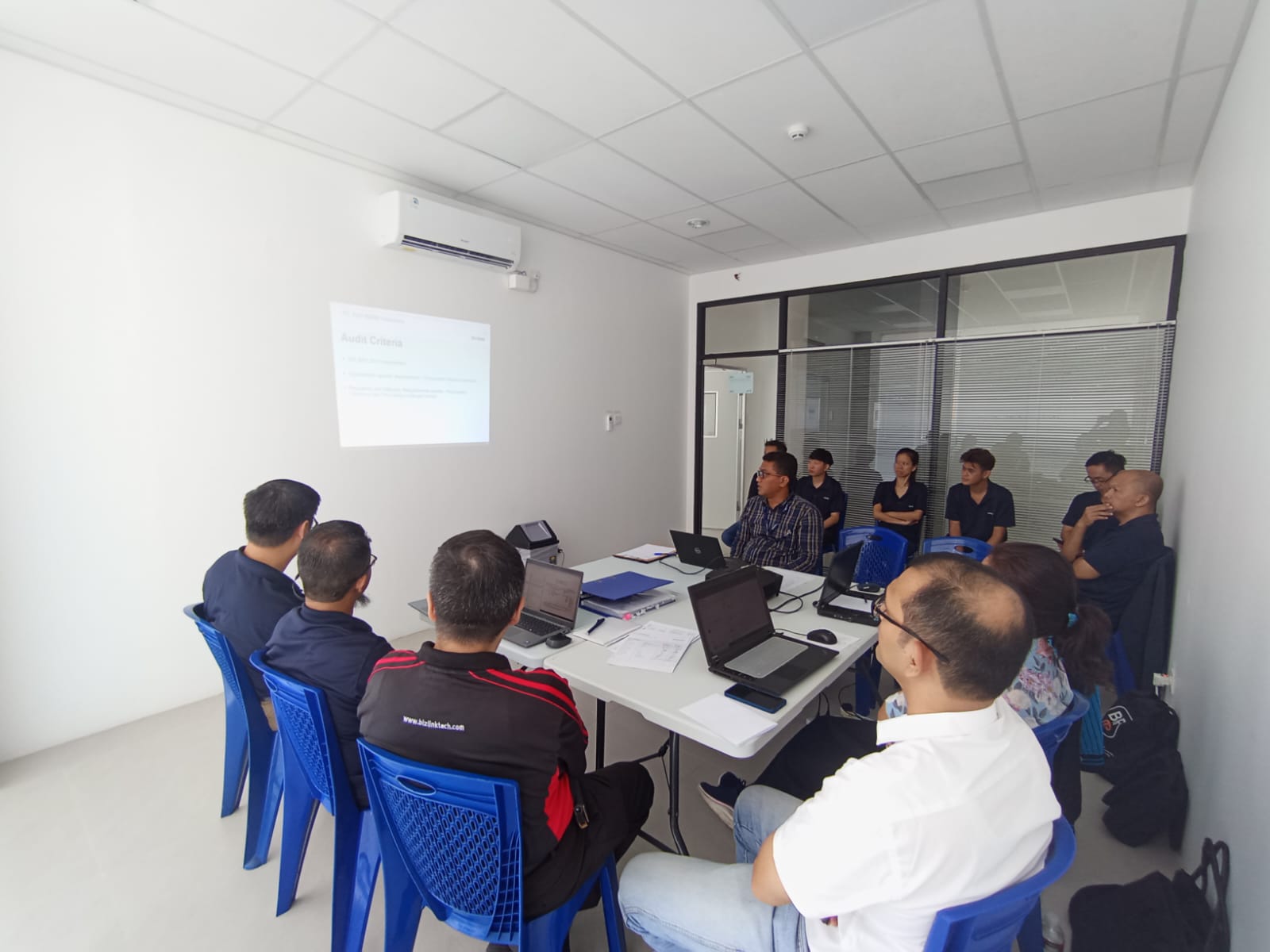What is ISO 14001 ?
ISO 14001 is the most widely used international standard for Environmental Management Systems (EMS). This standard is designed to help organizations of various sizes and sectors systematically and sustainably manage the environmental impacts of their operations. It provides a framework for establishing environmental policies, setting objectives, conducting internal audits, evaluating performance, and achieving continuous improvement. The latest version currently in use is ISO 14001:2015.
Objectives of ISO 14001
- Improving Environmental Performance
ISO 14001 encourages companies to identify and manage environmental aspects in a structured manner, enabling them to reduce negative impacts such as pollution, waste, and inefficient use of resources. With better management, companies can contribute to environmental preservation and long-term sustainability. - Reducing Negative Environmental Impacts
Through a systematic framework, ISO 14001 helps organizations manage and reduce the environmental impacts generated by their operations. This includes reducing greenhouse gas emissions, conserving natural resources, and improving waste management. - Achieving Sustainable Business Goals
ISO 14001 certification is not only about environmental responsibility but also a strategic investment. By having an effective Environmental Management System (EMS), companies can improve operational efficiency, reduce costs (for example, through energy and raw material savings), and build a strong reputation in the eyes of customers, investors, and society.
The Secret to ISO 14001’s Success Through The PDCA Cycle
ISO 14001, the international standard for Environmental Management Systems (EMS), is highly effective because its framework is based on the PDCA (Plan-Do-Check-Act) Cycle, which has been proven to be powerful. This cycle is the key to ensuring continuous improvement and the success of a company’s environmental programs.
📝 Plan: Carefully Design the Strategy
At this stage, the company carries out comprehensive planning by understanding the organizational context and the needs of stakeholders. The environmental strategy is established through the determination of environmental policies, identification of risks and opportunities, as well as the setting of clear and realistic environmental objectives and targets. This plan also includes resource allocation, competency planning, and the preparation of documented information to support the execution of the environmental management system.
🤝 Do: Implement the Plan Consistently
After the planning is completed, the organization implements the designed processes and procedures. This includes managing significant environmental aspects, applying operational controls, as well as conducting training and socialization so that all employees understand their roles and responsibilities.
🔍 Check: Monitor and Measure Results Carefully
This stage focuses on evaluating the performance of the environmental management system through regular monitoring and measurement. Conducting internal audits and assessing compliance with regulations and achievement of environmental objectives are crucial. The results of this monitoring provide an objective picture of the effectiveness of the implemented plan.
🔧 Act: Correct and Continuously Improve
Based on the results of measurement and audits, the company takes corrective actions to address any nonconformities and improve the system comprehensively. This is an ongoing learning process that ensures the environmental management system continues to develop and adapt to both internal and external changes.
The Impact of ISO 14001 on Business Sustainability: More Than Just a Certification
The implementation of ISO 14001 is not only about complying with environmental standards but also a powerful strategy for long-term business sustainability and success.
Here Are The Reasons Why ISO 14001 is Very Important For companies:
🌍 Saving Energy and Reducing Operational Costs
Companies that implement ISO 14001 can reduce energy consumption by up to 20%. This efficiency means significant savings in electricity and operational costs, while also reducing the company’s carbon footprint. With this step, companies become more environmentally friendly without sacrificing profitability.
⭐ Building Consumer Trust
Around 70% of consumers now prefer brands that care about environmental issues. Having ISO 14001 certification makes a company not only a “good” business but also trustworthy and sustainable. This is an important added value for competitiveness in an increasingly environmentally conscious market.
⚖️ Compliance and Risk Mitigation
ISO 14001 serves as an effective “business shield.” This standard helps companies proactively identify and manage environmental risks, ensuring compliance with applicable regulations. With a verified Environmental Management System (EMS), companies can minimize the risk of fines, legal sanctions, or lawsuits due to environmental violations. This readiness not only protects company assets but also creates operational stability and predictability.
Regulations Related to ISO 14001: A Key Pillar in Environmental Protection and Business Sustainability
As an international standard for Environmental Management Systems, ISO 14001 always goes hand in hand with various government regulations governing environmental protection and management in Indonesia. Understanding these regulations is the key to a company’s success in implementing ISO 14001 correctly and in compliance with the law.
Several key regulations that serve as references in the implementation of ISO 14001 in Indonesia are as follows:
- Law No. 32 of 2009 on Environmental Protection and Management
This law serves as the main legal foundation for environmental management in Indonesia. It regulates the principles of sustainable development, the obligation to conduct environmental audits, pollution control, as well as the restoration of environmental functions. The law emphasizes the importance of the role of all parties, including business actors, in preserving environmental quality for the survival of present and future generations. - Government Regulation (PP) No. 22 of 2021 on the Implementation of Environmental Protection and Management
This regulation serves as the technical implementation of Law No. 32 of 2009. It governs the procedures for organizing environmental protection and management, ranging from permitting and supervision to administrative sanctions. This regulation helps clarify responsibilities and mechanisms for environmental management at the operational level. - Minister of Environment and Forestry Regulation (Permen LHK) No. 6 of 2021 – Procedures & Requirements for Hazardous and Toxic Waste (B3 Waste) Management
This regulation establishes the definition of hazardous and toxic waste (B3), mechanisms for storage, transportation, treatment, and reporting, as well as the technical requirements for storage facilities and emissions. - PROPER Regulation (Corporate Performance Rating Program)
PROPER is a government program that assesses companies’ environmental performance based on waste management, emissions, and other environmental aspects. It encourages companies to improve transparency and environmental performance, while also providing incentives for companies that excel in environmental management.
Conclusion
ISO 14001 is not merely an international standard, but a strategic framework for companies to safeguard environmental sustainability while enhancing business competitiveness. Through this standard, companies not only comply with regulatory requirements but also create sustainable added value through cost savings, improved reputation, and readiness to face global challenges.
Make ISO 14001 part of your company’s journey towards true sustainability and long-lasting competitive advantage.
For more information or assistance with ISO 14001 certification, contact us at:
Call Center: 082288303338
Email: marketing@isospace.id
Contact: Kristina Saragi, 081268161778, kristina@isospace.id
Thank You For Reading!





Leave a Reply